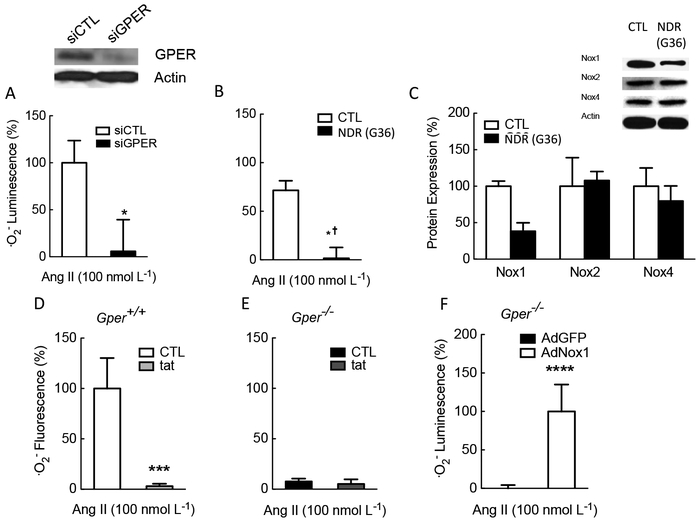Figure 3. Regulation of Nox1-dependent superoxide production through constitutive expression/activation of GPER in murine and human vascular smooth muscle cells in vitro.
Treatment with siRNA targeting Gper abrogated Ang II-induced superoxide production (A). Comparable effects were observed using the Nox1 downregulator G36 (B). Selectivity of G36 for the Nox1 isoform was demonstrated by a reduction of Nox1 protein, but not Nox2 or Nox4 protein (C). In contrast to wild-type cells (D), in vascular smooth muscle cells derived from mice lacking Gper, Ang II was ineffective at stimulating superoxide production (E). Conversely, adenoviral introduction of human Nox1 into cells from animals genetically lacking murine Gper restored the cells’ ability to produce superoxide anion in response to Ang II (F). Ang II, angiotensin II; siCTL, scrambled siRNA, siGPER, siRNA against Gper; NDR, Nox1 downregulator. Gper+/+, wild-type; Gper−/−, gper-deficient; tat, Nox1/2 inhibitor gp91ds-tat; AdGFP, adenoviral vector carrying sequence for control protein GFP; AdNox1, adenoviral vector carrying Nox1 sequence. *p<0.05 vs. siCTL; *† and **p<0.05 vs CTL; ***p<0.05 vs solvent CTL; ****p<0.05 vs AdGFP control protein; Modified from reference [25] and reproduced with permission of the AAAS.

